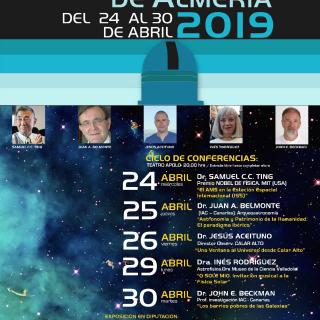Bibcode
Azzollini, R.; Beckman, J. E.; Trujillo, I.
Bibliographical reference
Astronomy and Astrophysics, Volume 501, Issue 1, 2009, pp.119-144
Advertised on:
7
2009
Journal
Citations
12
Refereed citations
10
Description
Context: In the last 8 Gyr of cosmic time the global star formation rate
(SFR) has declined by roughly an order of magnitude, and most of this
activity has been progressively confined to ever less massive galaxies
(“downsizing”). Previous studies show that the main drivers
of the decline in the global SFR are the spiral galaxies. However, we
still lack a detailed understanding of how the star formation (SF) has
changed as a function of position within the discs. Such studies will
help to build a more accurate picture of how stellar discs are formed
and grow. Aims: The goal of this paper is to quantify the changes
in the SF distribution within the disc galaxies in the last 8 Gyr. As a
proxy for the SF radial profile, we use the near-UV surface brightness
distributions, suitably allowing for extinction. Methods: We
compare the effective radii (R_eff) and concentration of the flux
distribution in the rest-frame near-UV (NUV-GALEX band) for a sample of
270 galaxies in the range 0
Related projects

Kinematic, Structural and Composition Studies of the Interstellar and Intergalactic Media
The basic objective of the broject is to investigate the evolution of galaxies by deepening our understanding of the interaction between the insterstellar medium and the stars.The main technique which we use is the two-dimensional kinematic study of whole galaxies observed using our instrument:GHaFaS, a Fabry-Perot interferometer on the William
Prof.
John E. Beckman

Traces of Galaxy Formation: Stellar populations, Dynamics and Morphology
We are a large, diverse, and very active research group aiming to provide a comprehensive picture for the formation of galaxies in the Universe. Rooted in detailed stellar population analysis, we are constantly exploring and developing new tools and ideas to understand how galaxies came to be what we now observe.
Anna
Ferré Mateu